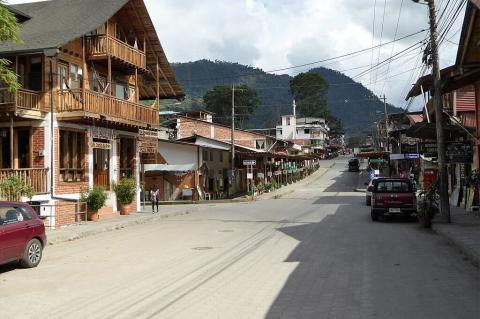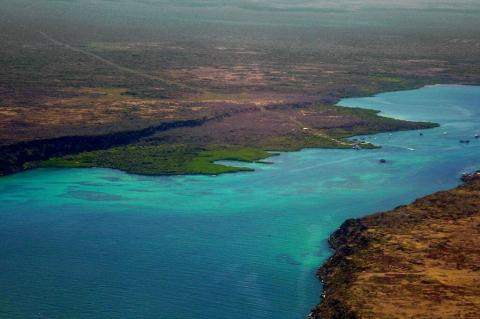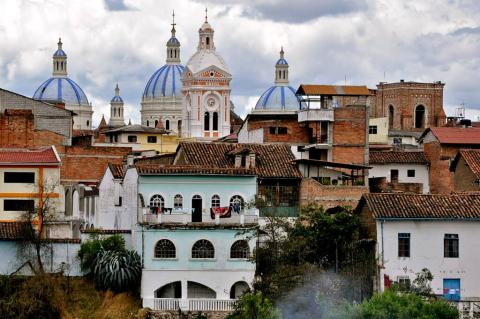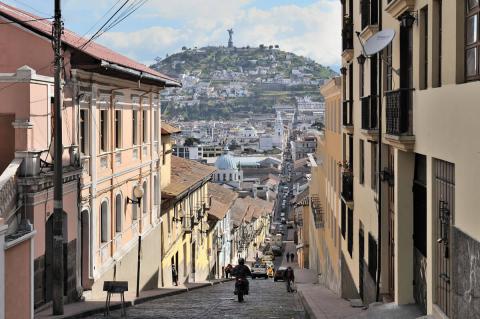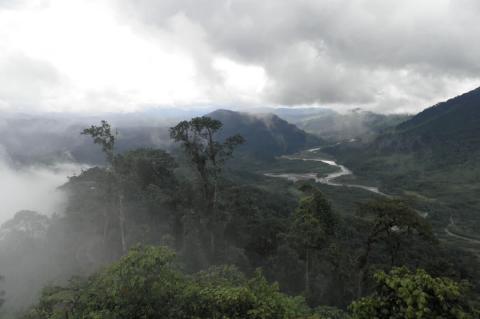Ecuador: Cultural Landscape
Ecuador, located in the northwestern part of South America, boasts a rich and diverse cultural landscape shaped by its history, geography, and vibrant mix of indigenous, European, and African influences. The cultural landscape is a rich combination of heritage, tradition, and a profound appreciation for nature.
